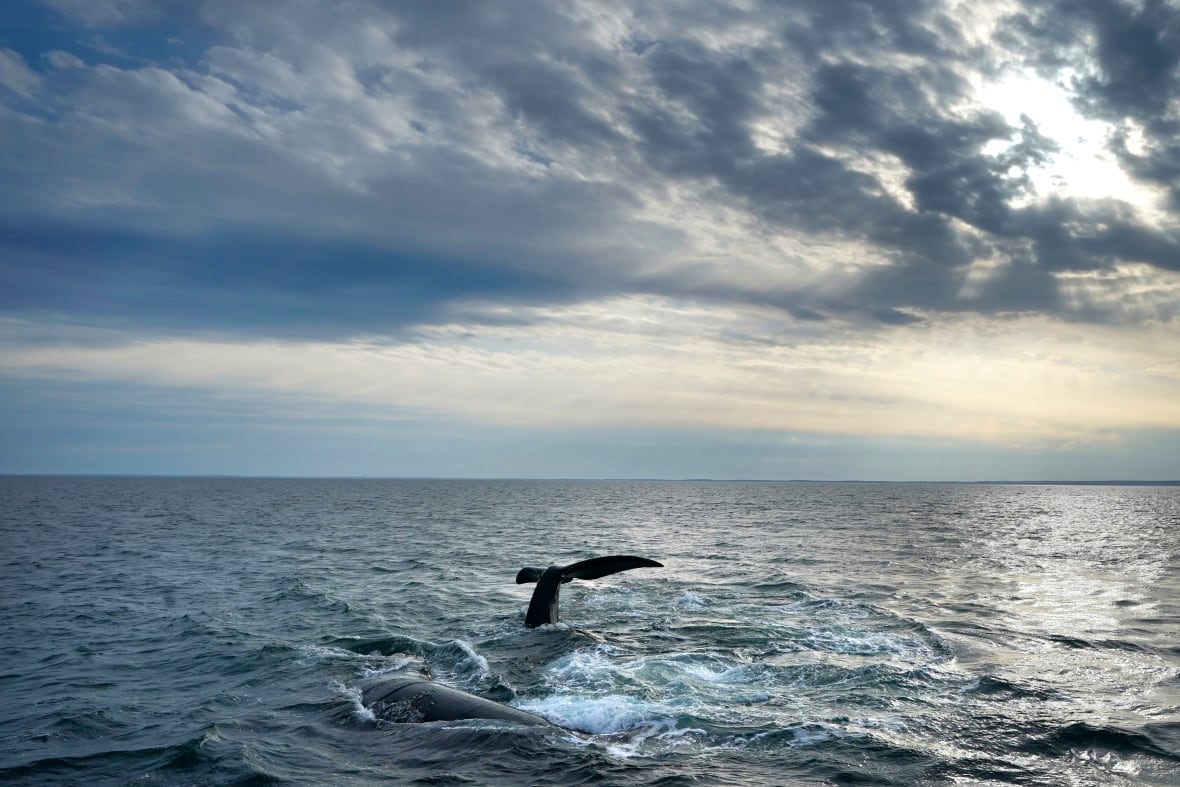The first treaty to protect marine diversity in international waters will come into force early next year after Morocco became the 60th nation to ratify the agreement on Friday.
The High Seas Treaty is the first legal framework aimed at protecting marine biodiversity in international waters — those that lie beyond the jurisdiction of any single country. International waters account for nearly two-thirds of the ocean and nearly half of Earth’s surface, and are vulnerable to threats including overfishing, climate change and deep-sea mining.
“The high seas are the world’s largest crime scene — they’re unmanaged, unenforced and a regulatory legal structure is absolutely necessary,” said Johan Bergenas, senior vice-president of oceans at the World Wildlife Fund.
Still, the pact’s strength is uncertain, as some of the world’s biggest players — the U.S., China, Russia and Japan — have yet to ratify. The U.S. and China have signed, signalling intent to align with the treaty’s objectives without creating legal obligations, while Japan and Russia have been active in preparatory talks.
Canada has signed the treaty but not yet ratified it.
Ratification triggers a 120-day countdown for the treaty to take effect. But much more work remains to flesh out how it will be implemented, financed and enforced.
“You need bigger boats, more fuel, more training and a different regulatory system,” Bergenas said. “The treaty is foundational — now begins the hard work.”
How it works
The high seas are home to an array of marine life and are crucial in regulating Earth’s climate — they absorb heat and carbon dioxide, and generate half the oxygen we breathe. The treaty is also essential to achieving what’s known as the 30×30 target — an international pledge to protect 30 per cent of the planet’s land and sea by 2030.
The treaty creates a legal process for countries to establish marine protected areas in those waters, including rules for potentially destructive activities like deep-sea mining and geoengineering schemes. It also establishes a framework for technology-sharing, funding mechanisms and scientific collaboration among countries.
Crucially, decisions under the treaty will be made multilaterally through what are known as conferences of parties, rather than by individual countries acting alone.
Within one year of the treaty taking effect, countries will meet to make decisions about implementation, financing and oversight, and only countries that ratify before then will have voting rights.
Concerns over enforcement
Some experts warn the treaty’s impact could be blunted if the most powerful players on the high seas remain outside it.
“If major fishing nations like China, Russia and Japan don’t join, they could undermine the protected areas,” said Guillermo Crespo, a high seas expert with the International Union for Conservation of Nature (IUCN) Commission.
“It will be interesting to see how the implementation of the treaty will work without those who have historically made the most use of high seas resources.”
The treaty does not create a punitive enforcement body of its own. Instead, it largely relies on individual countries to regulate their own ships and companies.

If a ship flying a German flag violates the rules, for example, it’s Germany’s responsibility to act, said Torsten Thiele, founder of the Global Ocean Trust and an adviser on ocean governance and blue finance.
That makes universal ratification essential, he said. “If somebody hasn’t signed up, they’ll argue they’re not bound.”
Enric Sala, founder of National Geographic’s Pristine Seas marine reserve project, warned that some nations may now point to the treaty as a reason to delay or avoid conservation efforts within their own waters.
“There are countries that are using the process to justify inaction at home,” he said.
Marine ecosystems are at risk
Lisa Speer, director of the Natural Resources Defence Council’s international oceans program, said failing to protect the high seas could mean damage for any individual nation’s waters.
“Marine life doesn’t respect political boundaries. So fish migrate across the ocean,” Speer said. “Same with turtles, with seabirds and a whole host of other marine life.
“And so what happens in the high sea can really affect the health and resilience of the ocean within national jurisdiction, within our coastal waters.”
Ocean exploration pioneer Sylvia Earle welcomed the ratification, but urged leaders not to see it as a finish line.
“This is a way station — not the end point,” she said.
“If we continue to take from the ocean at the scale we presently are, and use the ocean as a dump site as we presently are, yes we’re putting the fish and the whales and the krill in Antarctica and the high seas at risk, but mostly, we are putting ourselves at risk.”
For small island nations like Vanuatu, the treaty marks a major step toward inclusion in decisions that have long been beyond their reach.
“Everything that affects the ocean affects us,” said Ralph Regenvanu, Vanuatu’s minister for climate change.






